From the growth of the on-demand economy, to the acceptance of omnichannel, there have been some exciting digital movements in 2015.
While it’s been a great year for digital, we’ve already got our eyes firmly on what new trends and patterns will emerge in the New Year. Here are my 12 predictions for the world of digital in 2016.
1. Context = designing with data
By the end of 2016, more people will be browsing on mobile devices than on computers. Responsive design is already the norm, but we’ll see that expand way beyond device and screen size over the next 12 months. What time of day is it? What’s the weather like? What are you doing? How do you feel? All of these things will become factors in digital design, helping brands connect with customers in new, natural ways. This, plus device screens getting better and better, make for exciting times.
2. Importance of data
Brands will invest more than ever in capturing and using the data they have available to create a compelling user-focused experience. Larger brands are catching on to what smaller, more agile ones have already understood. This is the age of the consumer and they’ll invest accordingly. This year, brands will start to see the importance of data when connecting with consumers during the journey and creating a personalised experience.
3. Localism
For its first 15 years, the web was all about access to information and broadening horizons. Mega-corps have used it to achieve market dominance by reaching customers across the world, but the tide will begin to turn in 2016. Greater personalisation and pervasive location awareness will create a local web, bringing communities together and helping small, sustainable businesses come to the fore.
4. Ads are losing
While the options and channels to place advertising have exploded, more and more consumers are moving away from them – whether it’s ad-blocking or watching video content via platforms that are ad-free, like Netflix. In 2015, there was a massive rise in the use of ad-blocking – and with brands spending more time and money on content marketing, 2016 will be a pivotal one where quality and consistency replace the quantity-led approach that has been prevalent to date. This means that when retailers do have users’ attention, they need to create the best experiences possible.
5. The continued rise of social
This year we’ve seen social networks march further into the centre of many consumers’ digital experiences. You can now purchase goods directly from a tweet or a pin, and Facebook has made great strides towards integrating personalised, relevant third-party content into news feeds, based on implicit personalisation. In 2016, we’ll see an arms race between the big social networks, which will roll out new features designed to keep hold of users. Social and messaging has also started to bleed as different networks become the primary ways of communication, sharing and connecting. Google will still dominate, but as consumers use networks like Instagram and Twitter to find the next product to buy, retailers will need to ensure that they are acquiring their traffic through the quality of their content.
6. Physical and digital continue to blend
The stats show that consumers are using their mobile phones in store more than ever, but we have yet to see the mobile and physical relationship really take off. Expect more interaction around stores and in store in 2016 as a way to blend these two environments and make them easier to use. On your way to a high street store? You will soon be able to check to see if they have your sizes in stock and book a dressing room.
7. Continued grocery disruption
Digital has transformed vast swathes of the retail landscape, but there’s still room for growth – particularly in grocery. Amazon will expand its online groceries service, with greater product availability and more flexible delivery than established supermarkets. And there’s no reason to think it won’t expand into Just Eat and Hungry House’s territory and start delivering take-aways, too. Supermarkets are already struggling to keep pace with a changing world, and it’ll be interesting to see how they react.
8. IoT and wearables
Many will argue whether the Apple Watch and others have been successful, but the more important trend will be the communication that starts to make people’s lives easier. Think about pulling into your driveway and the lights turning on in your house. The most likely to dominate is from the Thread consortium consisting of Google (after their acquisition of Nest), Samsung and ARM, amongst others. Up until now, many online appliances require dedicated apps for each, and the emergence of a dominant standard will encourage some real innovation. Nest is no longer a home climate control system, but a hub for home appliance connectivity. Keep your eyes peeled for stories of home-hacking in 2016.
9. Digital becomes more human
A trend that started over the past year will only grow and grow this year. As brands (and their personalities) interact with customers over a variety of platforms, there will need to be a constant focus on the accessibility and transparency of the relationships they have with their consumers. Forums like Reddit’s ‘ask me anything’ pages will continue to become more important as consumers strive to really get to know a business on a personal level before committing to them.
10. Service to customers improves
While once deemed to be a cost centre, brands will recognise the value of being available and helpful to customers, both reactively and proactively. Bringing together consumer data from different digital touchpoints will help provide better service and relationships. Data and devices will help brands have better experiences with customers, recreating the sort of relationships that were built 20 to 30 years ago.
11. Digital assistants
Siri, Cortana, Watson and Amy (x.ai) are the start of what is to come, with digital assistants that can help with everyday tasks, such as playing a song, setting up a meeting, or making sense of data. Imagine when these start to build out application program interfaces, allowing consumers to use them to order groceries or book an airline ticket.
12. New digital worlds
Virtual reality is set to finally deliver its promise with the Oculus Rift finally being released in 2016. But arguably more interesting is the value-end Google Cardboard and the still sensibly priced Samsung Gear VR, using the features of the smartphone to deliver VR to the mass market, particularly with the prospect of the Gear being included in mobile contract bundles. The cost of shooting VR – and the above mediums for consuming it – has made it ripe for consumers. Facebook recently launched the first 360-degree ad to get users ready for the virtual world.
- St.John Dunne is managing director or Rockpool Digital



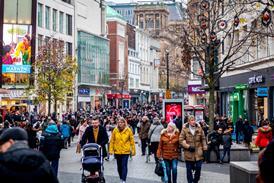


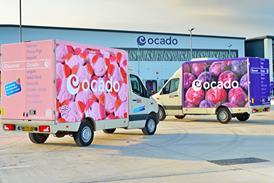




![Ollie Pryor[46]](https://d53bpfpeyyyn7.cloudfront.net/Pictures/274x183/1/7/1/3119171_olliepryor46_336332_crop.jpg)

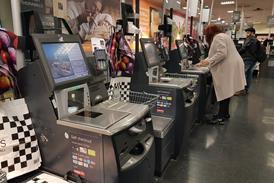








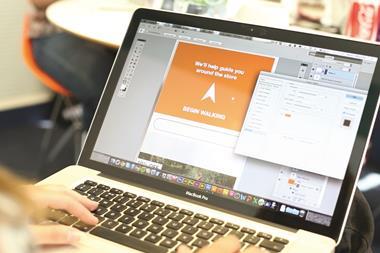
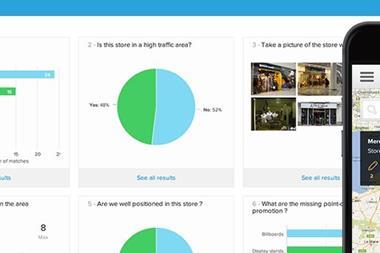
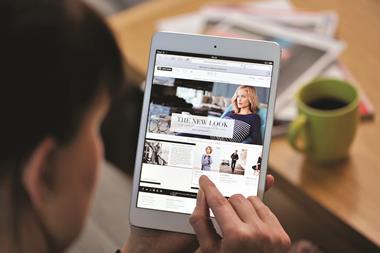
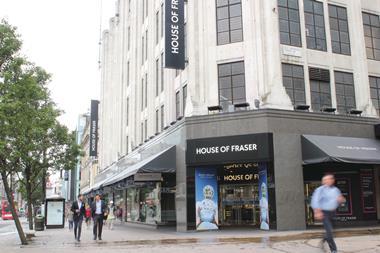
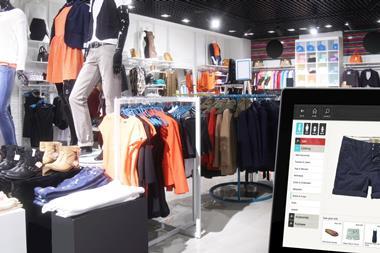
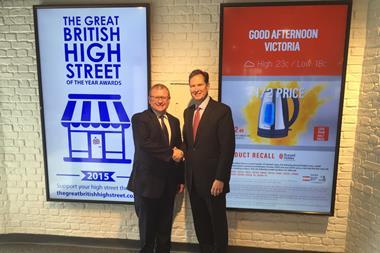
No comments yet